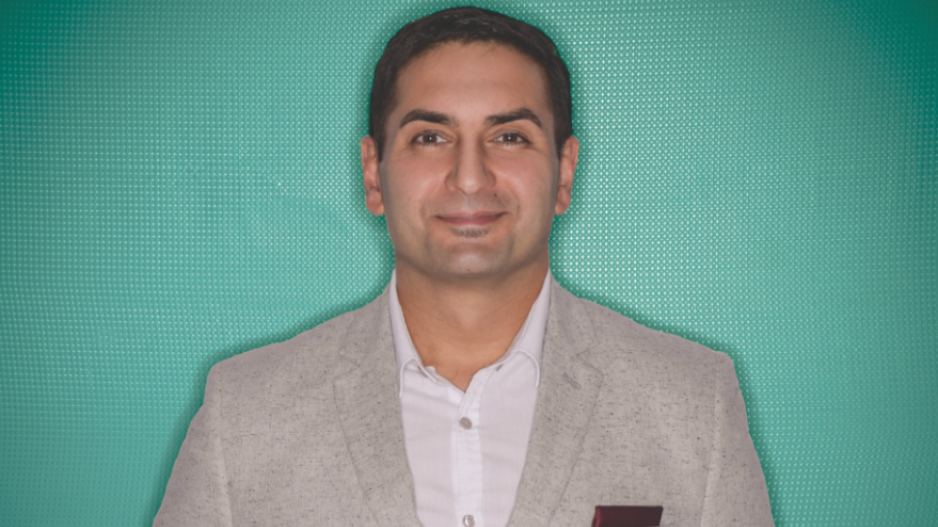Shafin Diamond Tejani started his first business with a friend while he was still in business school at university. After paying a little more attention to parties than books during his first year away from home, Tejani had lost a scholarship and he needed to find a way to make money to pay for tuition.
The business, a website that matched students based on their interests, was successful from the start – but it grew a little too quickly.
“Within our first 18 months, we did just under $2 million in revenue,” Tejani said. “In Ontario, one out of three students was participating in our program. We didn’t have a company, we didn’t have any mission, vision, core values.”
The 18-year-old business owners started hiring, but made the mistake of hiring quickly and looking for the cheapest workers.
“The business exploded and our sales stayed steady but our costs started to go up as we continued,” he said. “And we ended up hiring all these people who were pretty much dead weight.”
Luckily, the pair were still in business school.
“Western University taught using the case study method,” Tejani said. “While we were going through our business we started to see these examples of companies who had gone through similar systems. We started to look at … processes that are tried and tested.”
Tejani and his business partner were able to set up their business so it could grow to the next stage. They spun off several other companies before selling the core business in 2006.
“What allowed us to scale that business up was that we sat down and said, ‘What are we doing? What are we building this business towards?’ And [we put] a game plan together, which was so key for everything we did next.
“We thought in order to recruit the right people we need to have some sort of mission, vision and values that will attract the right people.”
On being prepared |“We work with young entrepreneurs, and the biggest issue I see is preparation – and by that I mean a solid plan. I see a lot of entrepreneurs who will rush into something without that roadmap. It’s like saying, ‘I’m going to drive to Florida and I’m going to get in the car … if I go south I’m going to get there.’ Instead of saying, ‘Let me build a map, let me identify the shortest route there, the alternate routes if I encounter any challenges.’”
Has a work or life challenge taught you a key career lesson? Contact Jen St. Denis at [email protected]




